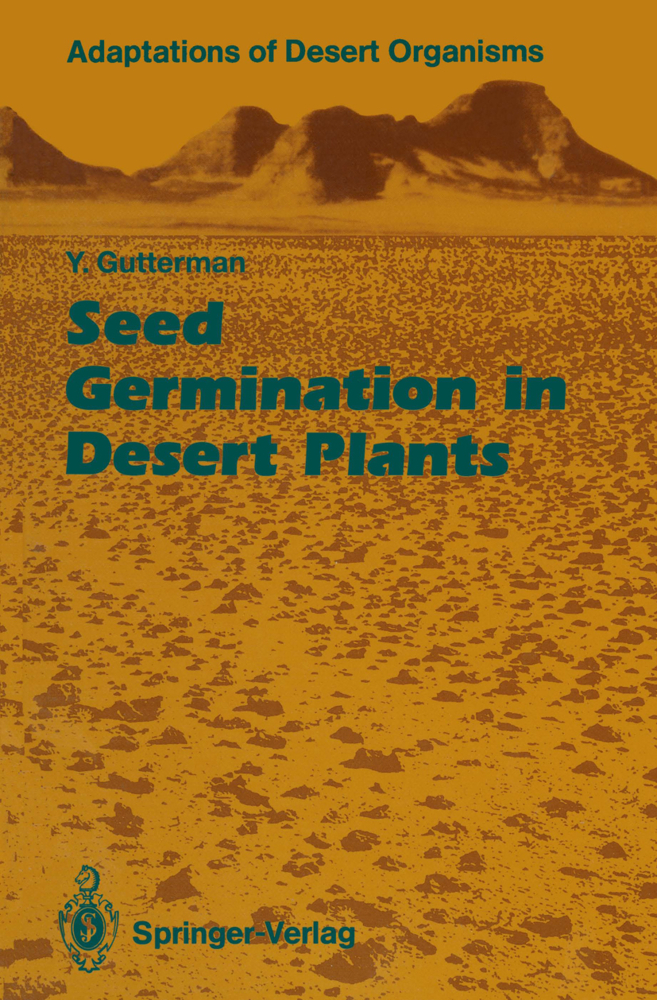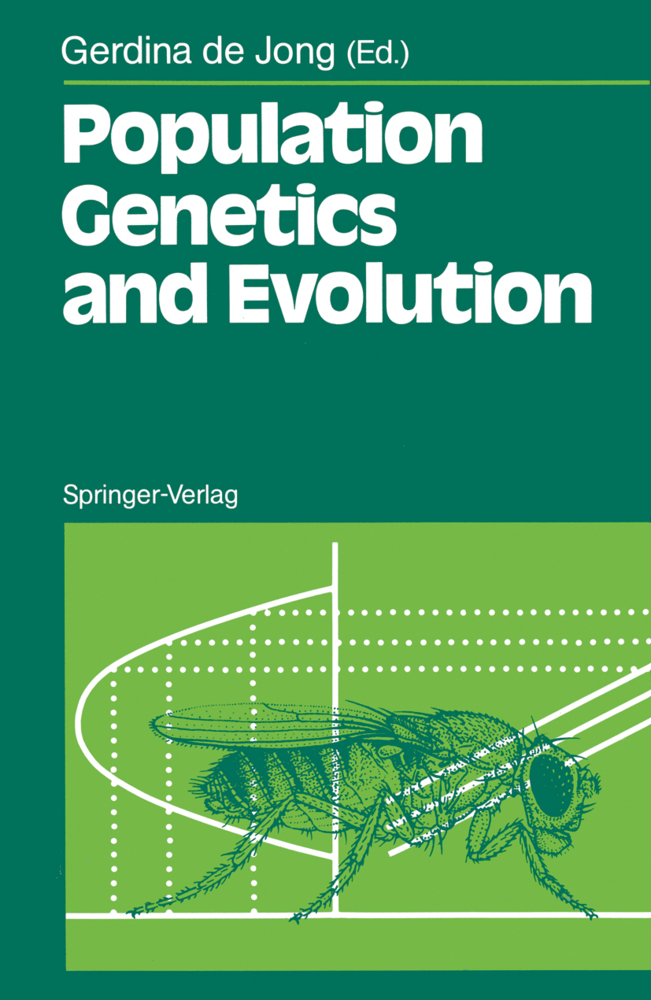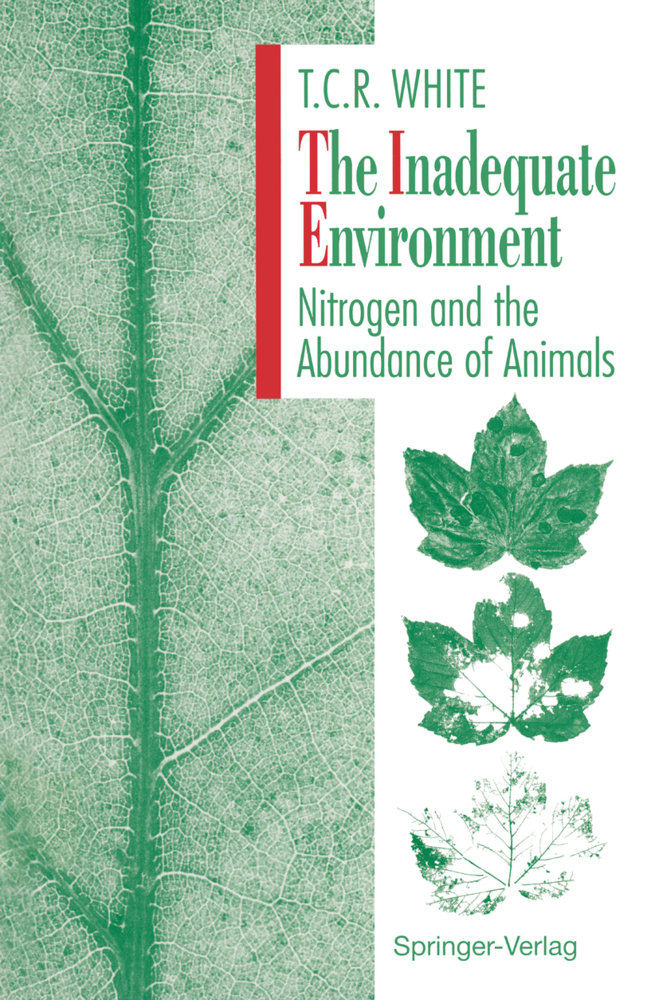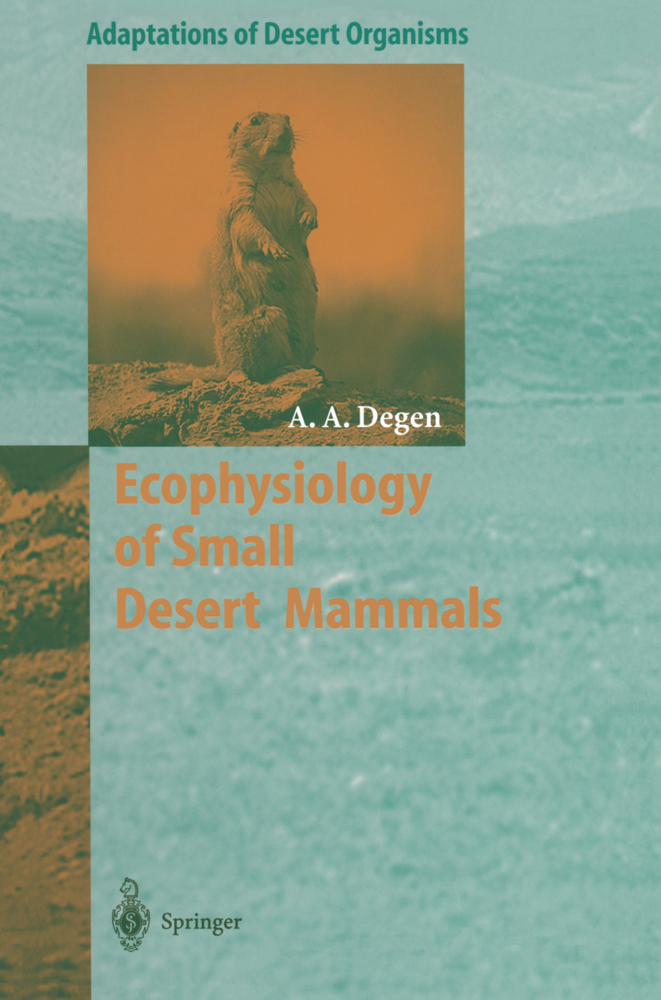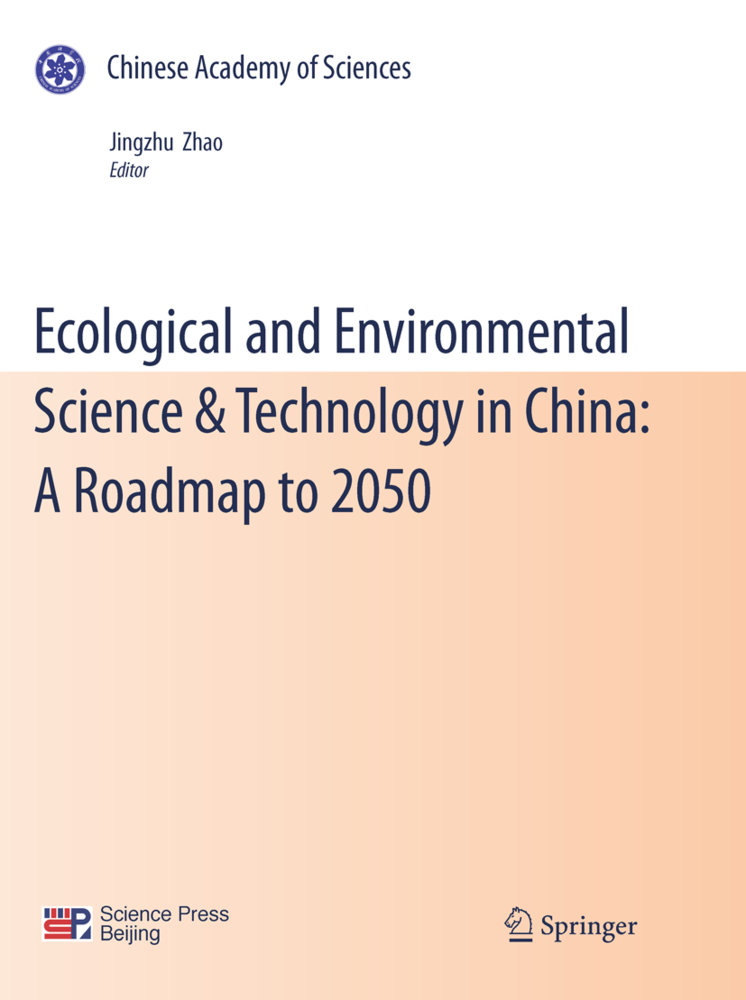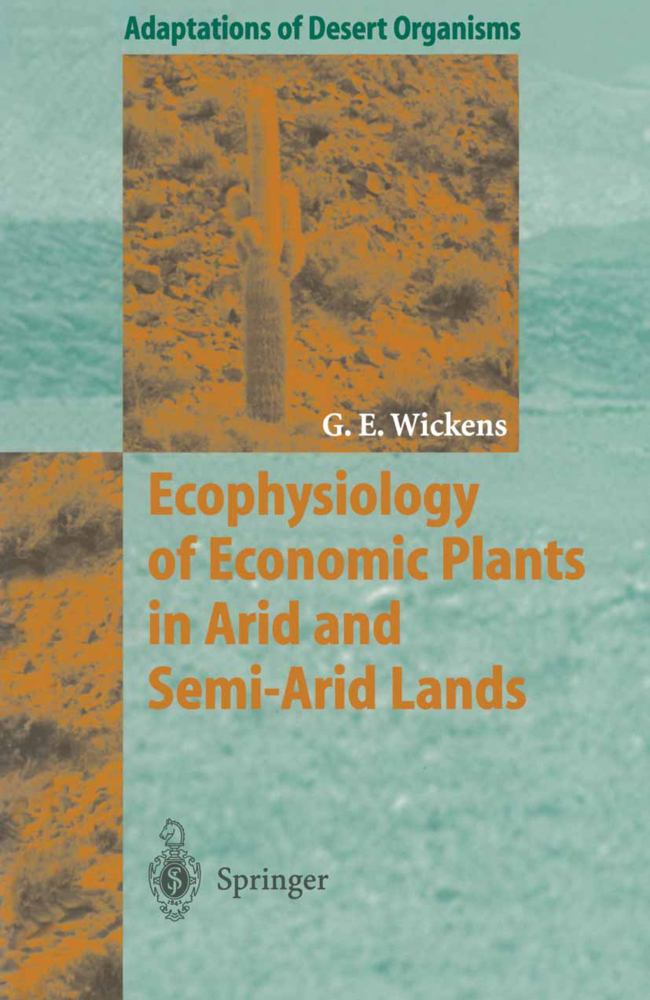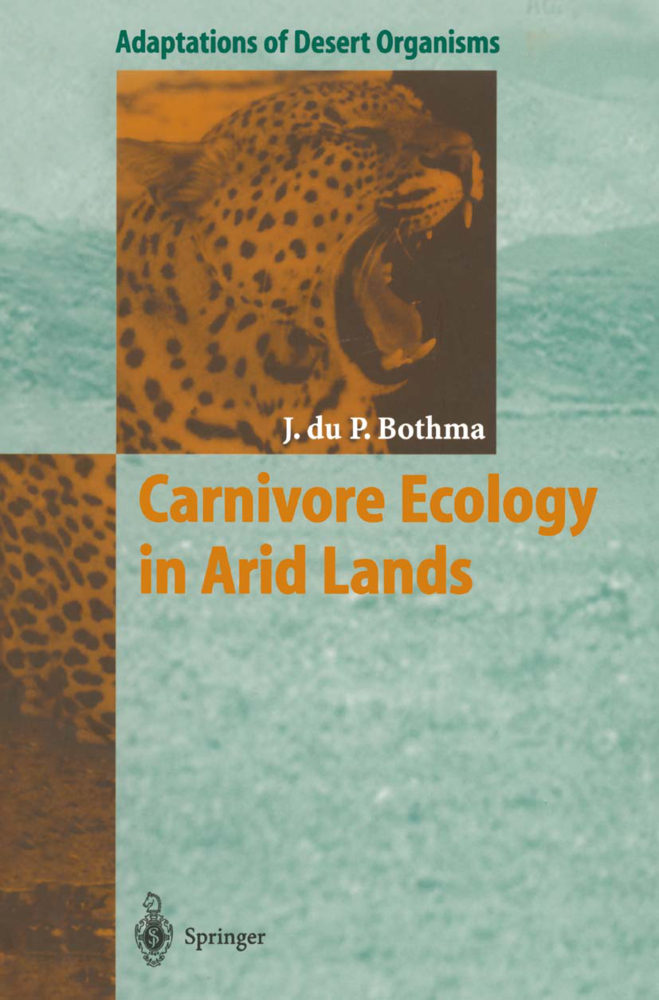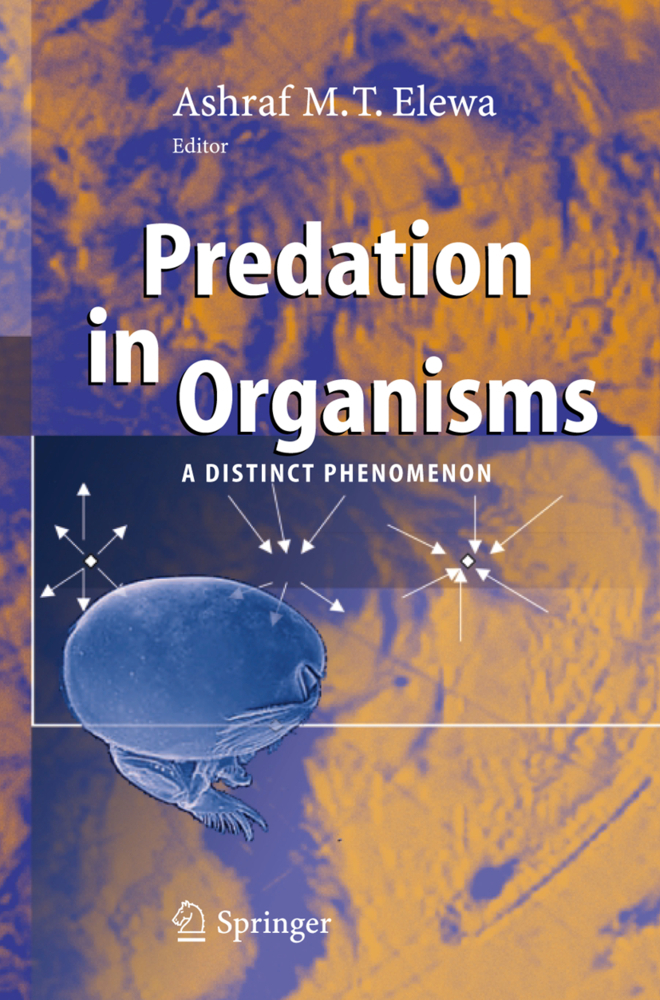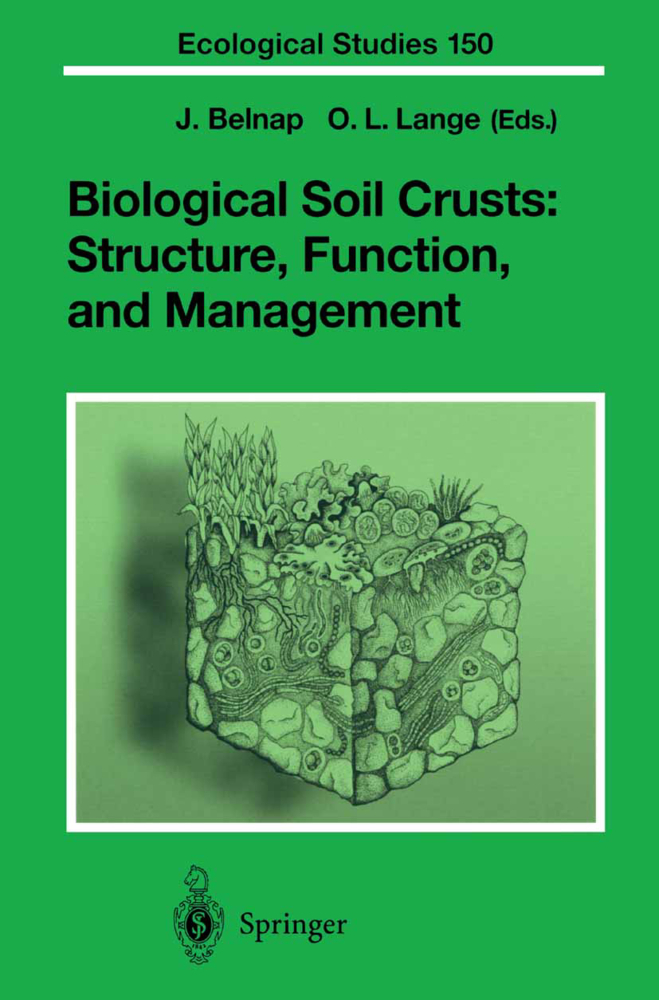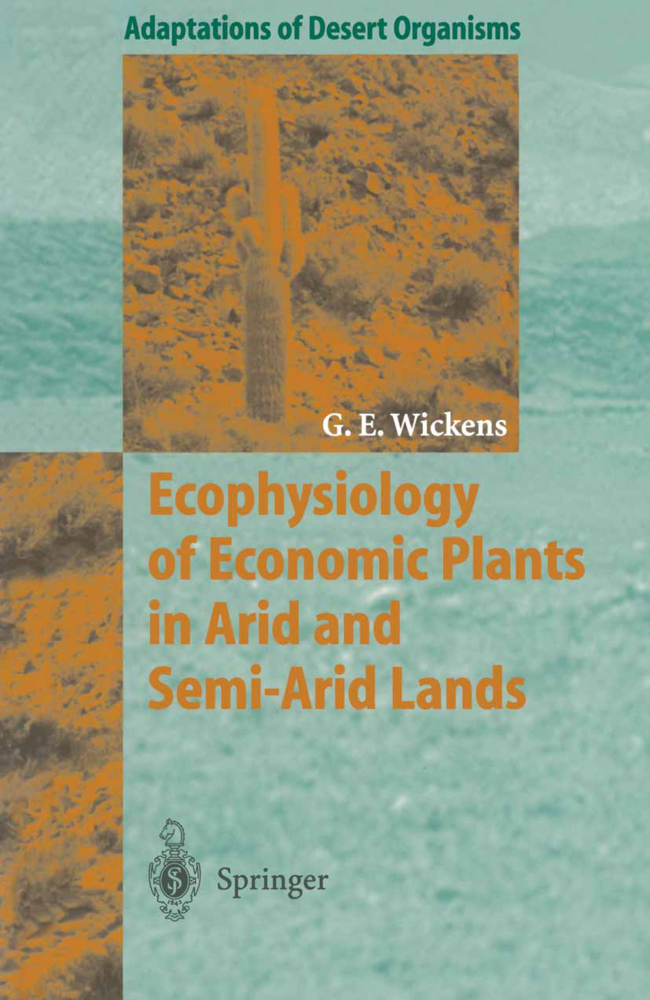Seed Germination in Desert Plants
Seed Germination in Desert Plants
During germination, the most resistant stage of the life cycle - the seed - changes to the most sensitive stage, namely the seedling. Therefore, in desert plant species seed dispersal and subsequent germination in the optimum time an place place are particularly critical parameters. Discussed here are the ways and means by which desert plants have adapted through the course of evolution to their extreme environment. Two such strategies which have evolved are a) plants with relatively large and protected seeds which germinate when the chance of seedling survival is high and the risk relatively low or b) those with an opportunistic strategy: minute seeds which germinate after low rainfall under high risk for seedling survival if additional rain does not follow. Most species adopt a combination of the two mechanisms. Species have adapted both genotypically and phenotypically, both aspects of which are also discussed in this thorough text. The reader is provided with a good understanding of the complex influences on each seed traced through from initial development to germination stage regarding germination preparation and subsequent survival.
1.2 Abiotic Environmental Factors of the Negev Desert
1.3 Some Biotic Factors Affecting the Vegetation of the Negev Desert
1.4 Autecological Adaptations, Life Forms and the Annual Cycle of Desert Angiospermae
2 Phenotypic Effects on Seeds During Development
2.1 Introduction
2.2 Position Effects
2.3 Age Effects
2.4 Environmental Effects
2.5 Polymorphic Seeds and Germination
2.6 Conclusions
3 Seed Dispersal and Seed Predation of Plants Species in the Negev Desert
3.1 The Annual Cycle of Seed Maturation and Dispersal of Some of the Common Species in the Negev Desert Highlands
3.2 Seed Maturation and Dispersal in Summer
3.3 Seed Maturation in Summer and Dispersal by Rain in Winter
3.4 Seed Maturation in Summer and Germination in Situ (Atelechory) in Winter
3.5 Seeds That Mature and Are Dispersed in Winter
3.6 Heterocarpy and Species Survival
3.7 Conclusions
4 Storage Conditions Affecting the Germinability of Seeds in the Seed Bank
4.1 Introduction
4.2 Seed Internal and Environmental Factors During Storage Affecting Germination
4.3 Conclusions
5 Environmental Factors During Seed Imbibition Affecting Germination
5.1 Introduction
5.3 The Period of Wetting for Germination
5.4 Temperature
5.5 Light and Germination
5.6 Annual Rhythm Regulating Seed Germination
5.7 Mass Germination and Seedling Emergence from Below the Soil Crust
5.8 Conclusion
6 Germination, the Survival of Seedlings and Competition
6.1 Introduction
6.2 'Opportunistic' or'Cautious' Strategy. Low or High Chance of Seedling Survival
6.3 Depressions and Porcupine Diggings as Favourable Micro-Habitats in the Desert
6.4 Drought Tolerance and the Survival of Seedlings
6.5 Mass Germination and Age Groups Replace Dead Plants
6.6 Conclusion
7 Conclusion
References
Latin Name Index.
1 The Negev Desert of Israel and Other Hot Deserts of the World: Classification According to Quantities, Distribution and Seasons of Rain. Their Influences on the Germination of Desert Plants
1.1 Classification of Deserts of Semi-Arid and Arid Zones and the Season of Rain1.2 Abiotic Environmental Factors of the Negev Desert
1.3 Some Biotic Factors Affecting the Vegetation of the Negev Desert
1.4 Autecological Adaptations, Life Forms and the Annual Cycle of Desert Angiospermae
2 Phenotypic Effects on Seeds During Development
2.1 Introduction
2.2 Position Effects
2.3 Age Effects
2.4 Environmental Effects
2.5 Polymorphic Seeds and Germination
2.6 Conclusions
3 Seed Dispersal and Seed Predation of Plants Species in the Negev Desert
3.1 The Annual Cycle of Seed Maturation and Dispersal of Some of the Common Species in the Negev Desert Highlands
3.2 Seed Maturation and Dispersal in Summer
3.3 Seed Maturation in Summer and Dispersal by Rain in Winter
3.4 Seed Maturation in Summer and Germination in Situ (Atelechory) in Winter
3.5 Seeds That Mature and Are Dispersed in Winter
3.6 Heterocarpy and Species Survival
3.7 Conclusions
4 Storage Conditions Affecting the Germinability of Seeds in the Seed Bank
4.1 Introduction
4.2 Seed Internal and Environmental Factors During Storage Affecting Germination
4.3 Conclusions
5 Environmental Factors During Seed Imbibition Affecting Germination
5.1 Introduction
5.3 The Period of Wetting for Germination
5.4 Temperature
5.5 Light and Germination
5.6 Annual Rhythm Regulating Seed Germination
5.7 Mass Germination and Seedling Emergence from Below the Soil Crust
5.8 Conclusion
6 Germination, the Survival of Seedlings and Competition
6.1 Introduction
6.2 'Opportunistic' or'Cautious' Strategy. Low or High Chance of Seedling Survival
6.3 Depressions and Porcupine Diggings as Favourable Micro-Habitats in the Desert
6.4 Drought Tolerance and the Survival of Seedlings
6.5 Mass Germination and Age Groups Replace Dead Plants
6.6 Conclusion
7 Conclusion
References
Latin Name Index.
Gutterman, Yitzchak
| ISBN | 978-3-642-75700-6 |
|---|---|
| Artikelnummer | 9783642757006 |
| Medientyp | Buch |
| Auflage | Softcover reprint of the original 1st ed. 1993 |
| Copyrightjahr | 2012 |
| Verlag | Springer, Berlin |
| Umfang | XIII, 253 Seiten |
| Abbildungen | XIII, 253 p. |
| Sprache | Englisch |

